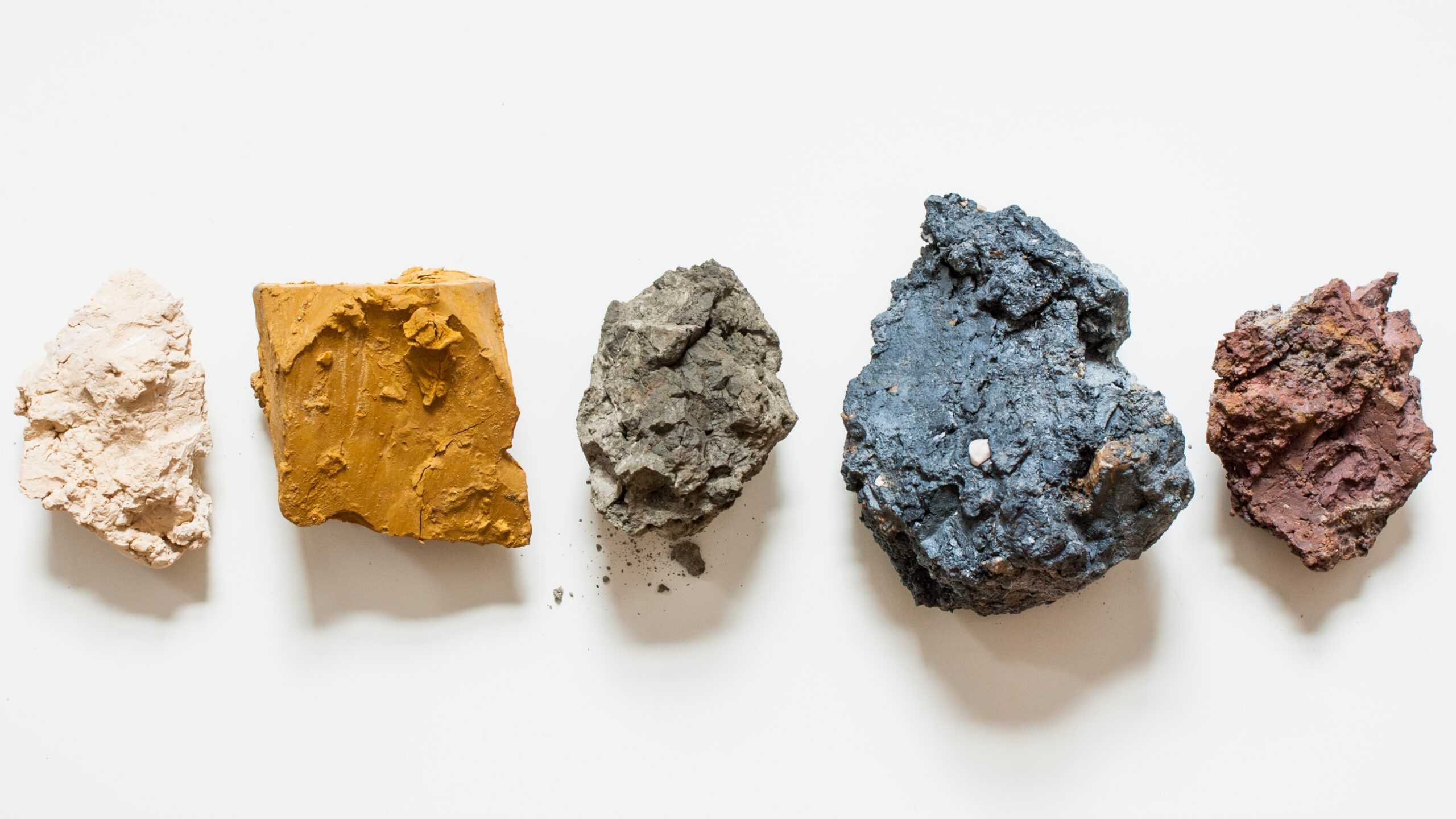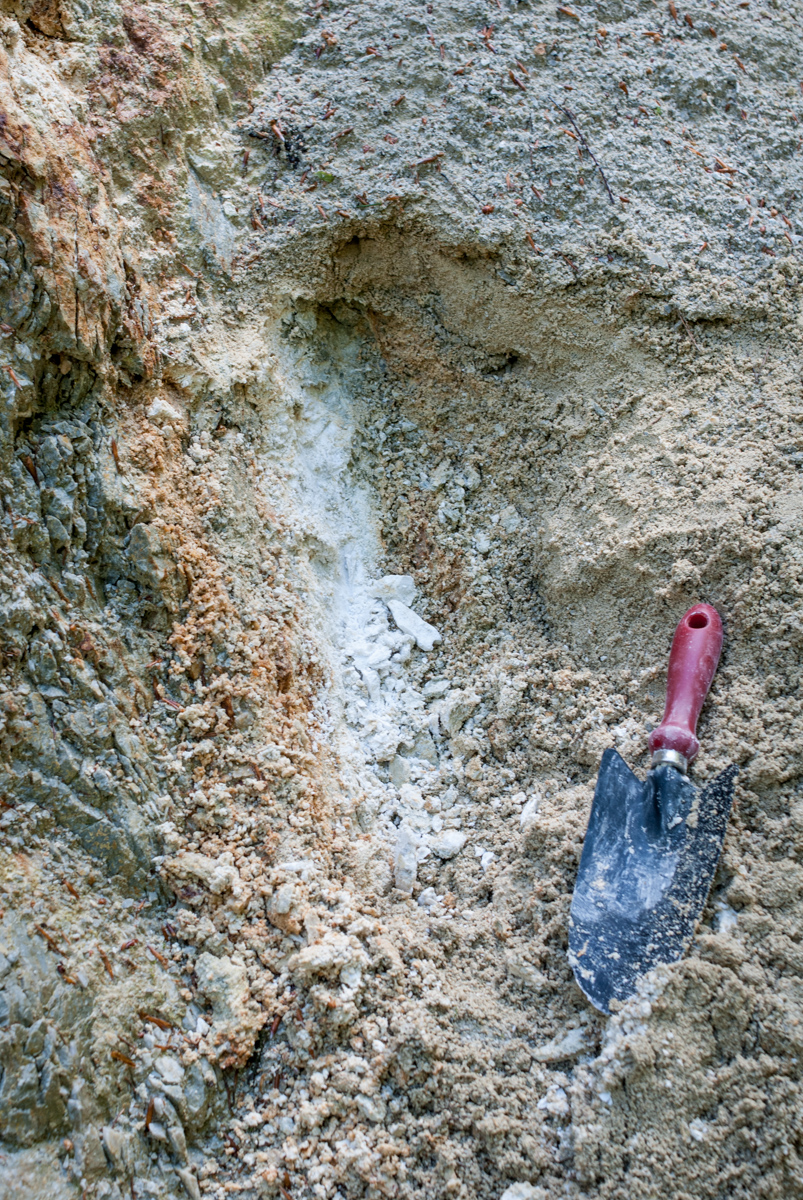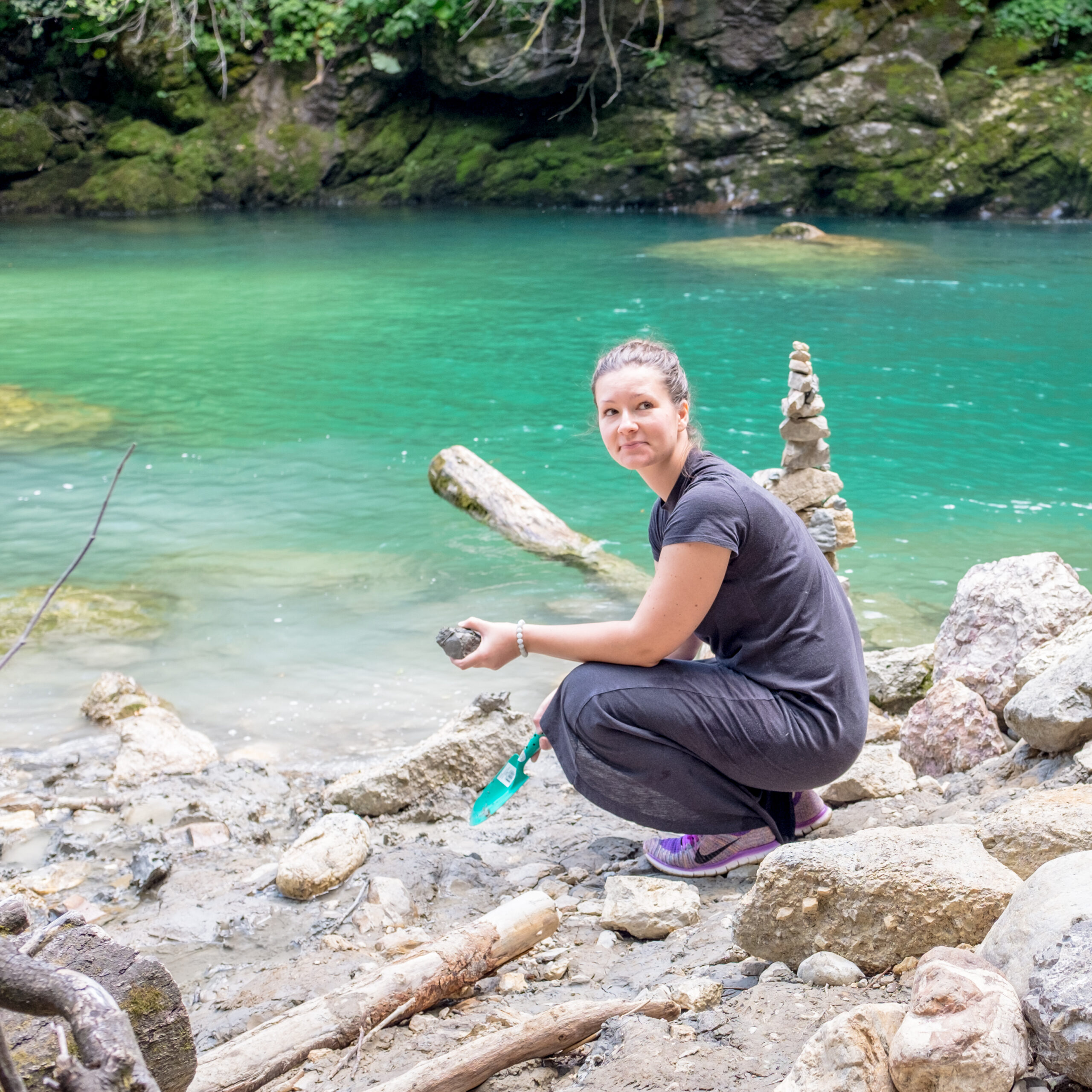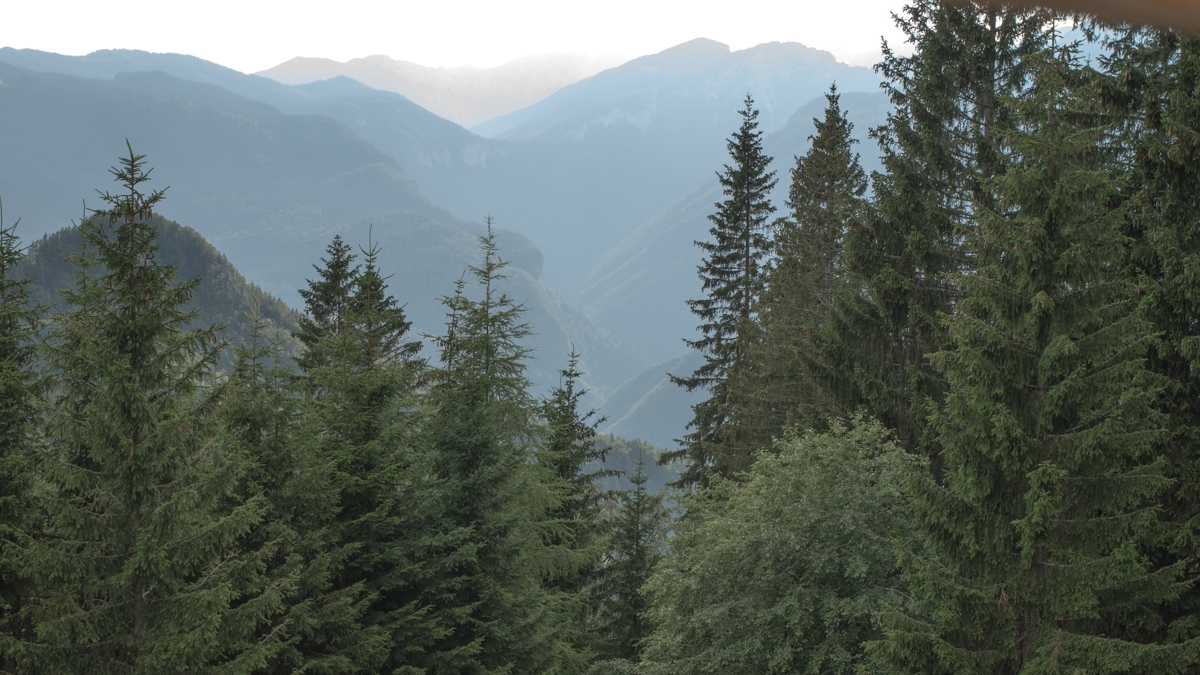ABOUT
ANJA SLAPNIČAR
Curiosity and a profound need of answering the questions why and how have always been a part of my own way of learning about the world around me. Doing things the way family or cultural norms suggested did not fulfil my inner need of understanding things. I first noticed clay in my environment when I was standing in a ditch, with my GPS measuring equipment, and my job was to measure the new infrastructure, water, electric and communication pipe lines. I was a student surveyor, doing my job, when – it was a cold day in December – I noticed an oily layer of red clay next to me. I collected that material in hopes that it was clay, without knowing anything else beside that it resembled clay. I tested it in my kiln. It was clay. Ever since then I have my eyes widely open with my assumption of the world, that under the first layer of humus soil, there is either rock or clay.
I have a Masters degree in Geodesy, my major was Cartography, but my profession now is being a ceramic artist. My degree gave me tools to search for clay. My navigation skills are great, I can read maps expertly and I use this as the foundation to search for clays. My ancestors were millers and tanners and the feel for the material is built deeply into my DNA.
Slovenia is diverse in terms of geography and geology and it being a super tiny country is an advantage from this point of view: there is an extensive diversity of materials on a rather small territory. I look at Slovenia as an intersection of several geological surfaces.
I collect clay that I find around me everywhere I go. I forage clay as a sustenance for my work which is creating functional ceramics. But with this I also leave a fingerprint of a specific location in a form of ceramics that we touch and feel in our everyday lives. Can we feel certain locations when we drink tea or coffee?
I think I can. My senses are heightened, especially my ability to feel materials around me. I wish I could show you the feel of material in form expressed by ceramics. Sometimes I wood fire. Wood firing ceramics is superb over all other ways of firing in my opinion. It follows the example of the rock cycle; fire melts the fragmented particles – clay – back into a rock-like material.
Clay – what is clay to me
Clay is telling a story. Firstly, of how millions of years ago land was formed. It can tell us whether it was under the sea or high in the mountains. It can tell us the ages and places it travelled to or from. It tells a story of our ancestors, how they used to use it and in what ways. It tells us who lived where and what life it carries. People chose locations for their settlements where sources were available and clay is the source. It holds water and life.

I try to search for clays with the help of all possible sources of information, with maps being the base starting point of exploration. I gather information and add a layer of written and oral history, I cross-reference all the information available, I add a layer of information I receive after I follow my inner intuition and finally the feeling of the place and clay that I stand on.
Every material that I collect can be transformed into functional ceramics, at least that is my hypothesis. I believe that there doesn’t need to be any waste after processing wild clay. Materials that are left after cleaning geological matter can always be used in some way as a part of a ceramic object; either as a body or glaze. With this view, possibilities are endless. I wish to capture specific location’s feeling, energy and history via materials it holds. I want to tell a story of our ancestors, connection to the land and create an object, in which we can reflect our thoughts about it. I wish this object would create an inception of thoughts about the past, the present and the future. And I also wish to transfer the feelings of seeing velvet, touching it, wearing it, how it feels to be wrapped in warmth, calmness and softness.

About ceramics
I collect geological materials around the world and transform them into functional ceramics.

I see the world around me as super abundant with matter that can be used as a part of ceramic architecture: clay and sand in a ceramic body and clay and processed minerals in a glaze.

I use these materials as main tools in telling a story about a location, because when I search for materials I get to connect with the land and its history.
Exhibitions
| 2019 | 台灣國際茶碗節 Taiwan Chawan Festival Miaoli, Taiwan |
| 2016 | Chawan Expo Miaoli, Taiwan |
| 2016 | Lines of Earth Miaoli, Taiwan |
| 2015 | Chawan Expo Hemiksem, Belgium |
| 2014 | Chawan Expo Singapore, Singapore |